The massive ocean is an alien territory, brimming with creatures and hostile to human life. It has kept us from accessing a great portion of it.
Thus, hindering our capacity to track numerous aquatic animals that we believed were extinct. In reality, are there any examples of extinct sea creatures found alive today?
The term ‘Lazarus Taxon’ refers to animals that have been determined as extinct or historically extinct, but reemerge from the grave.
This name originates from Bible’s Lazarus, whom Jesus resurrected. Just like Lazarus was raised again after his death, these creatures were given a second chance and thus earned their nickname accordingly.
To ensure that a newly discovered creature is the same as one previously observed, it must present identical characteristics. Any dissimilarity denotes a different species. If an animal exhibits new features upon rediscovery, this signifies its emergence as an entirely distinct organism.
Embark on a journey as we explore five long-lost sea creatures miraculously discovered alive, unchanged from their initial sightings!
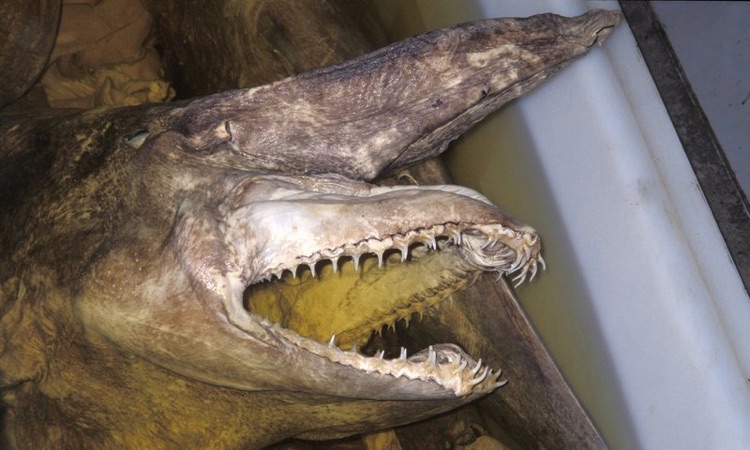
5 Extinct Sea Creatures Found Alive
Below you’ll find the list of 5 sea animals that have been found alive over the course of time.
1. Coelacanth
In a remarkable twist of fate, the coelacanth, an ancient, presumed extinct species that scientists had been studying through fossil records for centuries, was suddenly unearthed alive in 1930. The discovery came about inadvertently when a fisherman unwittingly hauled one up as bycatch!
When it was initially discovered, the media sensationalized this creature as a living fossil. Other remarkable organisms that have remained unchanged for millions of years include frilled sharks, horseshoe crabs, and crocodiles. Whether due to superior adaptation or evolutionary luck, these species have managed to remain virtually identical throughout time.
Thought to be a distant memory from the Cretaceous Period, these fish were believed gone for good. That was until their rediscovery which revealed they had been surviving for over 65 million years! A truly miraculous feat considering the countless species said to have perished during this time.
Considered one of the oldest species of jawed fish, these enormous creatures can be found in depths up to 300 feet below the surface. They are known for their longevity and can live more than a century – with an average lifespan between 60-100 years! Not only do they have great life expectancies but they also weigh up to 200 pounds and reach lengths over 6.5 feet long!
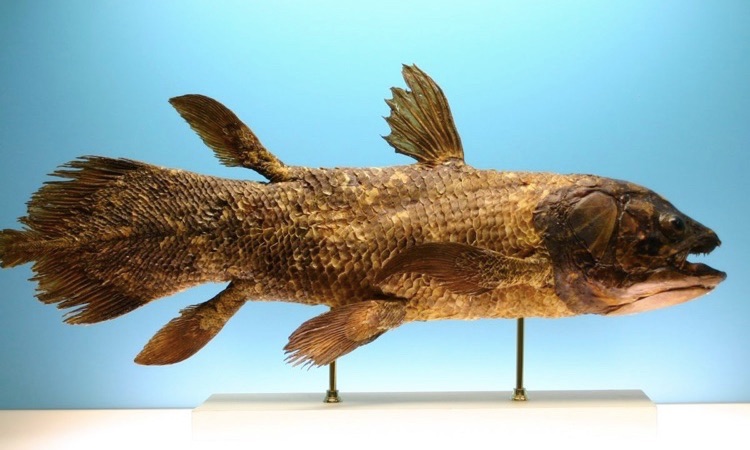
2. Monoplacophoran
Monoplacophorans, old mollusks that were presumed extinct for millions of years, have been discovered alive and well in a deep-sea habitat two miles below the surface off the coast of Costa Rica. Another great example of extinct sea creatures found alive.
At the peak of their reign, they roamed during the Paleozoic Era and were a distinct portion of the fossil records that dated back 500 million years. Unluckily for them, it seems like they declined in population during 375 million-year-old Devonian Period and eventually went extinct.
It was a surprise to discover in 1952 that the monoplacophorans were not, in fact, extinct. Currently there are at least 29 different species of these mollusks that persist today, providing evidence for the theory that they may be responsible for giving rise to modern mollusk evolution.
While scientific documents suggest evidence of some individuals being discovered as early as the 1800s, they were unfortunately mistaken for limpets. However, these creatures are more accurately related to chitons rather than limpets.
The residence of deep-sea creatures is ever-changing. They can prosper in the most diverse aquatic environments such as mud, gravel, silt and sand. Additionally, some have been detected in close proximity to thermal vents too! They mainly binge on minuscule components like foraminiferans, sponges and diatoms.
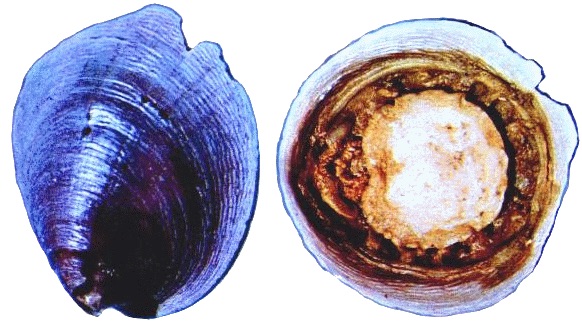
3. Goblin Shark
It comes as no surprise that these weird sharks, which live in the very depths of the ocean, were able to remain undetected for such a prolonged time.
Scientists estimate that these animals have been around for an astounding 125 million years, and some suggest there may be a significant population residing in the depths. Unfortunately, we can’t confirm this with certainty yet.
These sharks, despite their poor eyesight at such extreme depths, can live up to 60 years. Their jaw is incredibly advanced, protruding forward in a magnificent feat of engineering when they target and attack their prey with an astonishing speed.
The deep ocean is an unforgiving environment with limited food sources. Organisms must swiftly seize upon the rare opportunities that arise in order to survive. Thus, they have adapted accordingly.
Goblin sharks are the sole members of an order of mackerel shark species that inhabit the deepest depths of our planet’s oceans. In fact, one specimen was discovered over 3,600 feet beneath sea level! As with other varieties of mackerel sharks, goblin sharks catch their prey by ramming them and shaking them off guard.
Thanks to their impressive agility in the water, they can easily accelerate and use that momentum to ram into unsuspecting prey. Fish are a go-to meal for them; however, other aquatic animals also make up a portion of their diet.
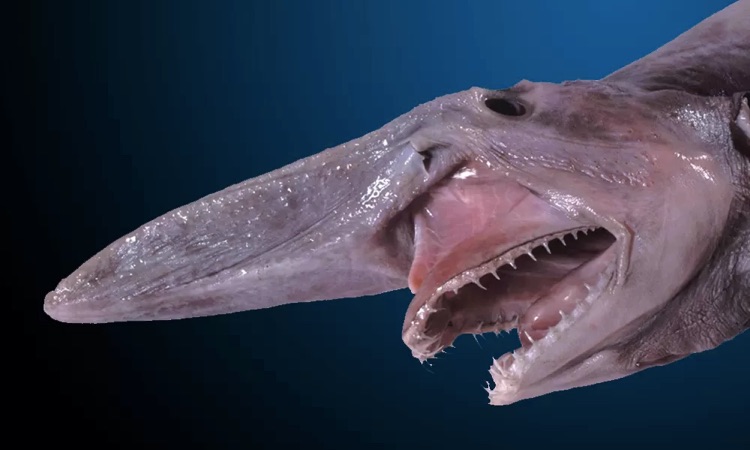
4. Neptune’s Cup
Believed to be extinct for over a century, Neptune’s Cups, which are massive sponges, were discovered in 2011 within the waters of Thailand and Singapore.
These living specimens are now available following their initial discovery. Yet another reminder that nature still holds many mysteries awaiting us!
The Neptune’s cup was thought to have become extinct in 1912, but since its rediscovery, Singapore has been working hard to protect the species by relocating some individuals into a marine sanctuary.
Sadly, their conservation efforts are being hampered because of predators like map pufferfish and copper band butterfly fish who reside there as well. Consequently, these fish make it difficult for any progress towards protecting this endangered species.
Since 2017, living individuals of Neptune’s Cups have been found off the coast of Cambodia. Those who were in search for seahorses on sandy bottoms discovered them. It is noteworthy that these sponges are so distinct since they attach to sand instead of a reef like most species do.
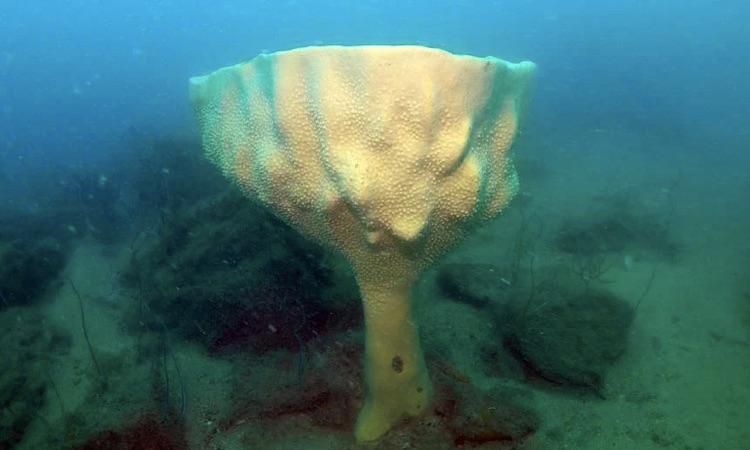
5. Protulophila
Protulophila, believed to be extinct for over four million years, were recently discovered alive and well! These miniscule marine worms have found an ideal habitat on the armor of tube worms. Their unique environment is made up of several different mineral compositions that allow them to flourish.
When compared to their close relatives, sea anemones and corals, protulophila are incredibly small – measuring just 0.004 inches in length! Moreover, these organisms are living fossils that have remained unchanged for millions of years.
Protulophila, a species of sea creature, experience two life stages. First as an immovable polyp before budding off into microscopic jellyfish. Such creatures have been extensively studied in the waters along New Zealand’s coast which is home to an array of these tiny jellyfish types.


